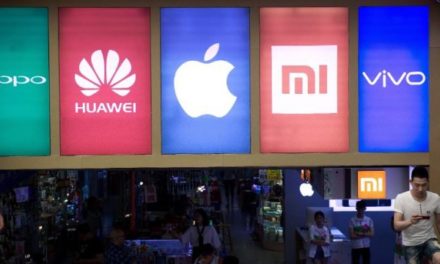
E-Ink technology, or how a book reader works
What we call a book reader used to be easy to decide, but nowadays the situation has changed. In the past, the issue was clear, as a book reader was almost only suitable for displaying letters that we could read. Nowadays, however, the amount of built-in memory and the development of displays have made it possible to place color-smelling content on these machines, so you can listen to music, watch movies or pictures on a book reader. Well, and of course there are the tablets, which are essentially full-fledged computers (usually) without a physical keyboard, but because of their screen size and resolution, they are perfectly suitable for reading books.

This is how electric ink works
When did the spread of electronic readers actually begin? The real boost was the E-Ink (electronic ink) introduced in 1997. This was a technology that made the appearance of flat screens feasible, although they could only display grayscale images and text, and the shades were available in a fairly limited number. The point, however, was not that, but that the display was thin and the battery solutions available at the time were also adequate for power. The E-Ink can handle even a little power!

The capsules during operation
The technology is relatively simple. Electronic ink consists of microcapsules in which negatively and positively charged particles and pigments float in a transparent liquid. Black particles were positively charged while whites were negatively charged. Thus, if the capsule receives a positive charge from below, the white particles sink while the black ones rise, making the pixel (capsule) visible. Nowadays, this method has also been used to produce colored E-Inks. The diameter of the capsules is roughly the same as the diameter of human hair, so a possible solution is to display the colors by placing the capsule with pigments containing the four basic colors next to each other. With this solution presented last year, in addition to 16 shades of gray, it is possible to display 4096 colors.

Color ink already exists
E-Ink is a typical technology of traditional book readers. However, as mentioned above, advanced book readers are quite different, in fact TFT can also be equipped with a display. We don’t talk about TFT technology anymore, as we’ve done it many times.
Which solution is better? The answer is not simple, it depends on what your expectations are. If you just want to read, it is quite clear that E-Ink solutions will win. You don’t have to constantly fill them up, the letters are contrasting, we almost feel like reading real printed text, plus it’s less tiring on the eyes.
If you also want multimedia content, you need to buy a traditional TFT panel reader, or if you have the money for a tablet with an IPS panel display. Traditional TFT, or more professionally TN + film panel displays, are not very good for reading. Low contrast, low brightness, tires the eyes. IPS panel solutions are much better, but also much more expensive. IPS panels have been developed for computer displays designed for work, so they represent really good quality.
So the point is, anyone who just reads an E-Ink who wants to watch multimedia content such as a movie, its a TN + movie panel book reader, and who can afford it, its an tablet with an IPS display.
In the Shopping-all web store you will find offers for all types.
Book readers here: http://shopping-all.hu/e-book-olvaso_c532.html
Tablets here: http://shopping-all.hu/tablet-pc_c533.html














